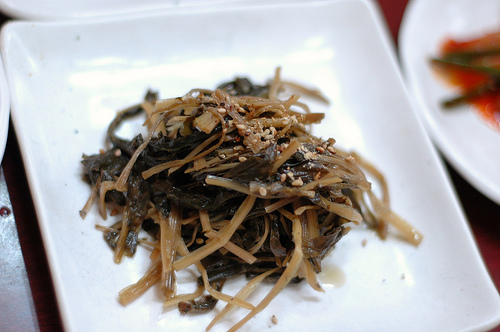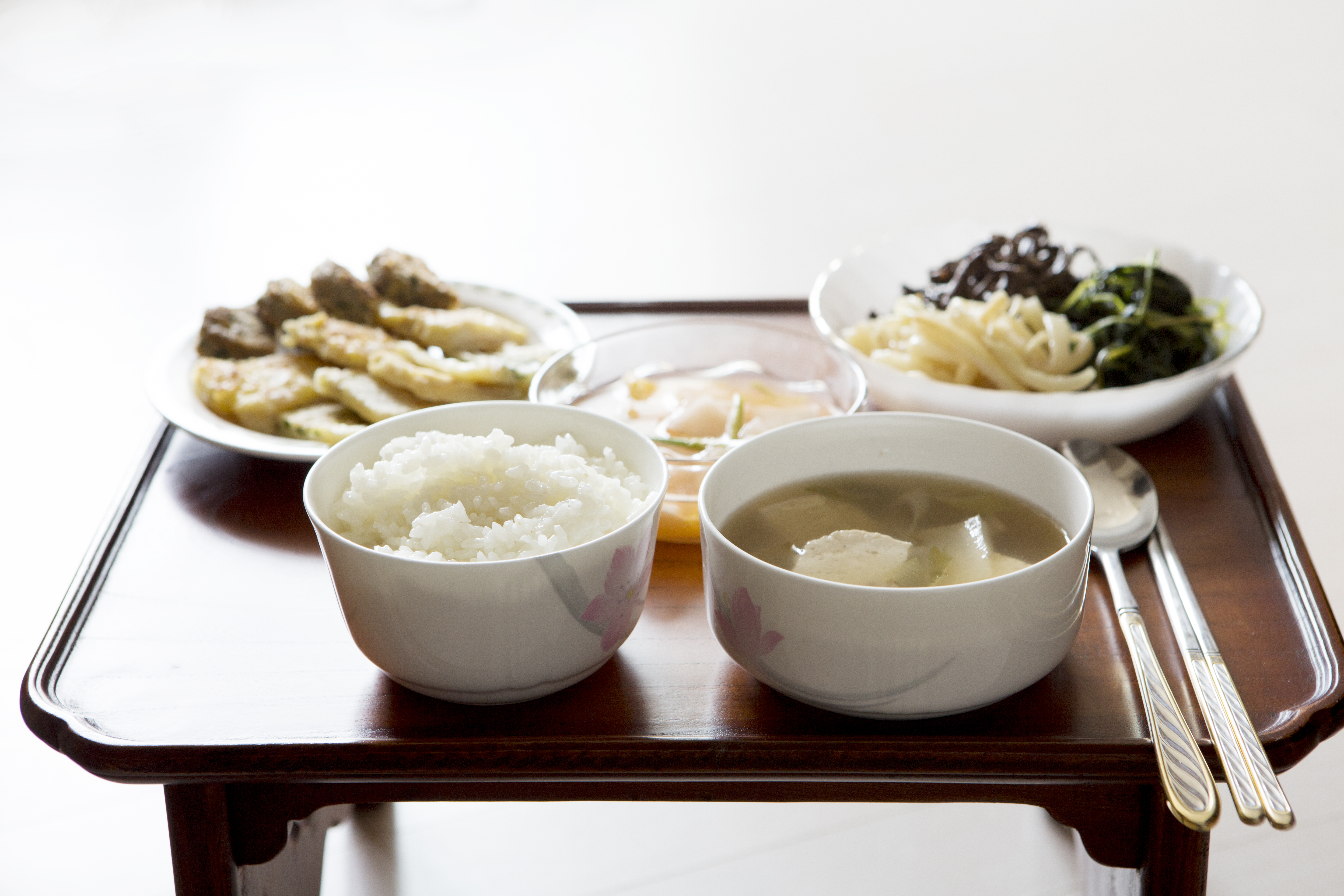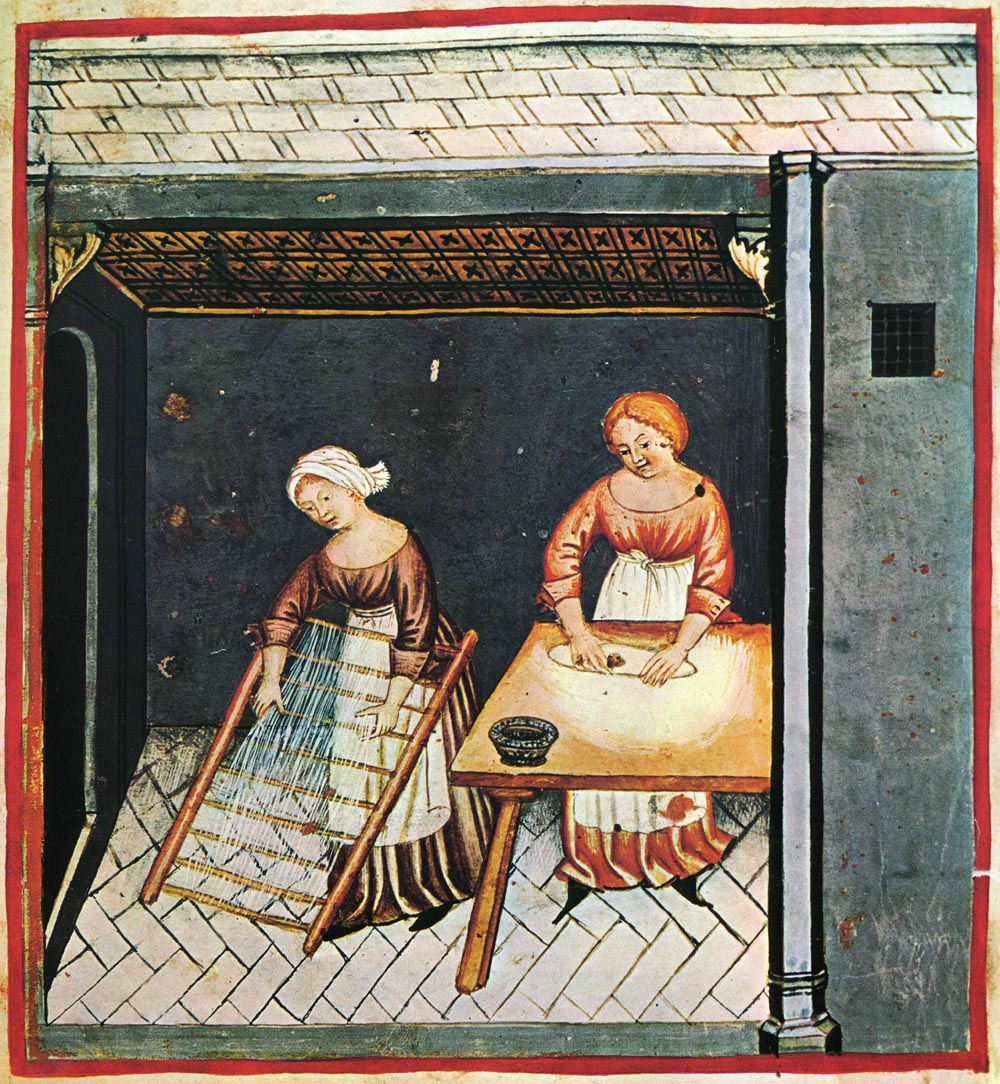|
Chwinamul
''Doellingeria scabra'' is a perennial herb of the family Asteraceae from Eurasia. It is frequently found in wild mountain regions of Korea, eastern Russia, China, and Japan. Distribution ''Doellingeria scabra'' is native to Eurasia. It is actively cultivated in temperate regions of Korea for varying uses. Habitat and ecology ''Doellingeria scabra'' is found in woods and thickets, especially on hills and low mountains. Forest clearings and warm temperate areas suit it well. Moist soil and sunny conditions are ideal for this plant. It can be cultivated in lightly sandy, loamy, or clay soils with adequate drainage and cannot grow in the shade.''Aster scaber - Thunb'', PFAF Plant Database, Accessed May 5, 2014, http://www.pfaf.org/user/Plant.aspx?LatinName=Aster+scaber Description ''Doellingeria scabra'' grows up to 1.2 meters (4 ft) tall. Its stems stand erect. Its hermaphroditic flowers bloom between August and October. Its seeds ripen between September and November. I ... [...More Info...] [...Related Items...] OR: [Wikipedia] [Google] [Baidu] |
Korean Cuisine
Korean cuisine has evolved through centuries of social and political change. Originating from ancient Prehistoric Korea, agricultural and nomadic traditions in Korea and southern Manchuria, Korean cuisine reflects a complex interaction of the natural environment and different cultural trends. Korean cuisine is largely based on rice, vegetables, seafood and (at least in South Korea) meats. Dairy is largely absent from the traditional Korean diet. Traditional Korean meals are named for the number of side dishes (반찬; 飯饌; ''banchan'') that accompany steaming, steam-cooked short-grain rice. Kimchi is served at nearly every meal. Commonly used ingredients include sesame oil, ''doenjang'' (fermented bean paste), Korean soy sauce, soy sauce, salt, garlic, ginger, ''gochugaru'' (chili pepper, pepper flakes), ''gochujang'' (fermented red chili paste) and napa cabbage. Ingredients and dishes vary by province. Many regional dishes have become national, and dishes that were on ... [...More Info...] [...Related Items...] OR: [Wikipedia] [Google] [Baidu] |
Namul
Namul ( ko, 나물) refers to either a variety of edible grass or leaves or seasoned herbal dishes made of them. Wild greens are called ''san-namul'' (, "mountain namul"), and spring vegetables are called ''bom-namul'' (, "spring namul"). On the day of Daeboreum, the first full moon of the year, Koreans eat ''boreum-namul'' (, "full moon namul") with five-grain rice. It is believed that boreum namuls eaten in winter help one to withstand the heat of the summer to come. Preparation and serving For namul as a dish, virtually any type of vegetable, herb, or green can be used, and the ingredient includes roots, leaves, stems, seeds, sprouts, petals, and fruits. Some seaweeds and mushrooms, and even animal products such as beef tendons are also made into namuls. Although in most cases the vegetables (and non-vegetable namul ingredients) are blanched before being seasoned, the method of preparation can also vary; they may be served fresh (raw), boiled, fried, sautéed, ferment ... [...More Info...] [...Related Items...] OR: [Wikipedia] [Google] [Baidu] |
Ssam
' (), meaning "wrapped", refers to a dish in Korean cuisine in which, usually, leafy vegetables are used to wrap a piece of meat such as pork or other filling.쌈 (Ssam) '''' It is often accompanied by a known as and can also be topped with raw or cooked , , [...More Info...] [...Related Items...] OR: [Wikipedia] [Google] [Baidu] |
Asteraceae
The family Asteraceae, alternatively Compositae, consists of over 32,000 known species of flowering plants in over 1,900 genera within the order Asterales. Commonly referred to as the aster, daisy, composite, or sunflower family, Compositae were first described in the year 1740. The number of species in Asteraceae is rivaled only by the Orchidaceae, and which is the larger family is unclear as the quantity of extant species in each family is unknown. Most species of Asteraceae are annual, biennial, or perennial herbaceous plants, but there are also shrubs, vines, and trees. The family has a widespread distribution, from subpolar to tropical regions in a wide variety of habitats. Most occur in hot desert and cold or hot semi-desert climates, and they are found on every continent but Antarctica. The primary common characteristic is the existence of sometimes hundreds of tiny individual florets which are held together by protective involucres in flower heads, or more t ... [...More Info...] [...Related Items...] OR: [Wikipedia] [Google] [Baidu] |
Bibimbap
Bibimbap * ( , from Korean , literally "mixed rice"), sometimes romanized as bi bim bap or bi bim bop, is a Korean rice dish. The term "bibim" means "mixing" and "bap" refers to cooked rice. ''Bibimbap'' is served as a bowl of warm white rice topped with ''namul'' (sautéed and seasoned vegetables) or kimchi (traditional fermented vegetables) and ''gochujang'' (chili pepper paste), soy sauce, or ''doenjang'' (a fermented soybean paste). A raw or fried egg and sliced meat (usually beef) are common additions. The hot dish is stirred together thoroughly just before eating. In South Korea, Jeonju, Jinju, and Tongyeong are especially famous for their versions of bibimbap. In 2011, the dish was listed at number 40 on the ''World's 50 most delicious foods'' readers' poll compiled by CNN Travel. Name origins The origin of the many names of bibimbap come from Korea's hanja based records, originally appearing in ''Yokjokumun'' () of ''Kijae-jabki'' () by Park Dong-ryang () in the e ... [...More Info...] [...Related Items...] OR: [Wikipedia] [Google] [Baidu] |
Doellingeria
''Doellingeria'' is a genus of flowering plants in the family Asteraceae. It contains species formerly included in '' Aster'' but now considered to be a distinct genus. They are known commonly as tall flat-topped asters''Doellingeria''. Flora of North America. or whitetops.''Doellingeria''. Integrated Taxonomic Information System (ITIS). There is still some disagreement as to which species should be included in ''Doellingeria.'' Some authorities include up to 10 or 11 species in ''Doellingeria'', but phylogenetic analyses suggest that any Asi ... [...More Info...] [...Related Items...] OR: [Wikipedia] [Google] [Baidu] |
Pasta
Pasta (, ; ) is a type of food typically made from an unleavened dough of wheat flour mixed with water or eggs, and formed into sheets or other shapes, then cooked by boiling or baking. Rice flour, or legumes such as beans or lentils, are sometimes used in place of wheat flour to yield a different taste and texture, or as a gluten-free alternative. Pasta is a staple food of Italian cuisine. Pastas are divided into two broad categories: dried () and fresh (). Most dried pasta is produced commercially via an extrusion process, although it can be produced at home. Fresh pasta is traditionally produced by hand, sometimes with the aid of simple machines.Hazan, Marcella (1992) ''Essentials of Classic Italian Cooking'', Knopf, Fresh pastas available in grocery stores are produced commercially by large-scale machines. Both dried and fresh pastas come in a number of shapes and varieties, with 310 specific forms known by over 1,300 documented names.Zanini De Vita, Oretta, ''Ency ... [...More Info...] [...Related Items...] OR: [Wikipedia] [Google] [Baidu] |
Fusion Cuisine
Fusion cuisine is cuisine that combines elements of different culinary traditions that originate from different countries, regions, or cultures. They can occur naturally and become aspects of culturally relevant cuisines, or they can be part of the post-1970s movement for contemporary restaurant innovations. In July of 2002, the term fuison cuisine was added to the ''Oxford English Dictionary''. It defined it as, "fusion cuisine: originally U.S. a style of cookery which blends ingredients and methods of preparation from different countries, regions, or ethnic groups; food cooked in this style." Categories Fusion food is created by combining various cooking techniques for different cultures to produce a new type of food. Although it is commonly invented by chefs, fusion cuisine can occur naturally within the different cuisines of a region or sub-region. These can include larger regions, such as East Asian cuisine, European cuisine, and Southwestern American cuisine, as well as ... [...More Info...] [...Related Items...] OR: [Wikipedia] [Google] [Baidu] |
Bap (food)
''Bap'' ( ko, 밥) is a Korean name for cooked rice prepared by boiling rice or other grains, such as black rice, barley, sorghum, various millets, and beans, until the water has cooked away. Special ingredients such as vegetables, seafood, and meat can also be added to create different kinds of ''bap''. In the past, except for the socially wealthy class, people used to eat mixed grain rice together with beans and barley rather than only rice. In Korea, grain food centered on rice has been the most commonly used since ancient times and has established itself as a staple food in everyday diets. In Korean, the honorific terms for ''bap'' (meal) include ''jinji'' () for an elderly person, ''sura'' () for a monarch, and ''me'' () for the deceased (in the ancestral rites). Preparation Traditionally, ''bap'' was made using '' gamasot'' (a cast iron cauldron) for a large family; however, in modern times, an electronic rice cooker is usually used to cook rice. A regular heavy-bott ... [...More Info...] [...Related Items...] OR: [Wikipedia] [Google] [Baidu] |
Allium Monanthum
''Allium monanthum'', the Korean wild chive, is a spring vegetable with minuscule bulbous roots that have a mild onion flavor and found in the woodlands of Korea, Japan, northeastern Russia (Primorye), and northeastern China (Hebei, Heilongjiang, Jilin, Liaoning).Flora of China v 24 p 202. big>单花薤dan hua xie ''Allium monanthum''/ref> Description ''Allium monanthum'' is unusual in the genus in being usually dioecious (male and female flowers on separate plants), but rarely hermaphrodite or gynomonoecious. The species produces a single round bulb about in diameter. Scapes are relatively short for the genus, rarely more than tall. Leaves are flat, long and narrow, longer than the scape. Umbels are small, with one flower on pistillate (female) plants and 4-5 flowers on staminate (male) plants. All flowers are white, pink or red. File:Allium monanthum 4.jpg, Roots, bulbs, stalks, and leaves Culinary uses Korea Called ''dallae'' () in Korean, Korean wild chives are us ... [...More Info...] [...Related Items...] OR: [Wikipedia] [Google] [Baidu] |
Glycyrrhiza Uralensis
''Glycyrrhiza uralensis'', also known as Chinese liquorice, is a flowering plant native to Asia. It is used as a sweetener and in traditional Chinese medicine. Traditional uses Liquorice root, or 'radix glycyrrhizae', is one of the 50 fundamental herbs used in traditional Chinese medicine, where it has the name ''gancao'' (''kan-tsao''; , pinyin: gāncǎo). It is used in Chinese medicine to harmonize other herbs and to reduce the harsh effects of other herbs. It is usually collected in spring and autumn, when it is sliced and sun-dried, then either used unprepared or stir-baked with honey. Liquorice root is most commonly produced in the Shanxi, Gansu and Xinjiang regions of China. Side effects Liquorice root contains glycyrrhizin, which may affect blood pressure, blood potassium levels or have untoward effects during pregnancy. Overuse of licorice may induce weakness, headache, blurred vision, nosebleed, anxiety, or shortness of breath. Other common side effects may include m ... [...More Info...] [...Related Items...] OR: [Wikipedia] [Google] [Baidu] |





